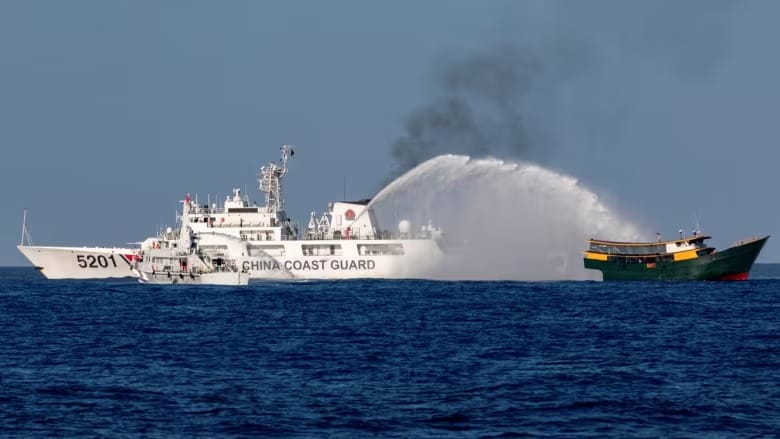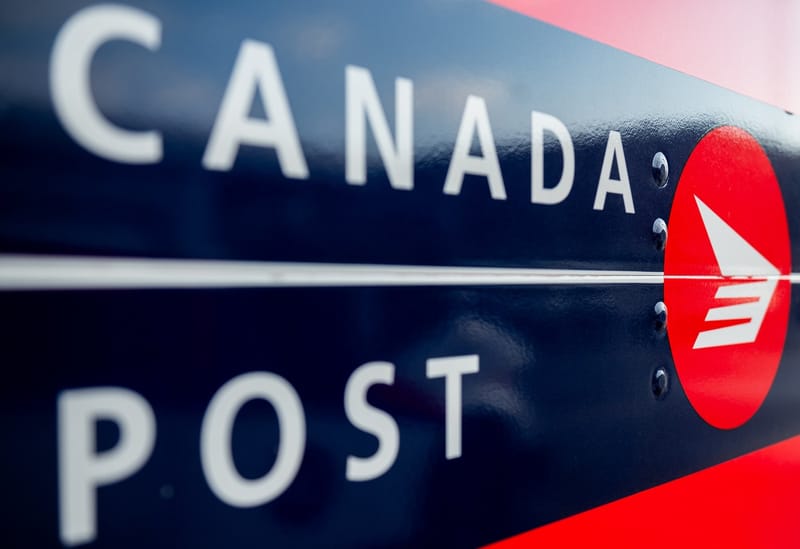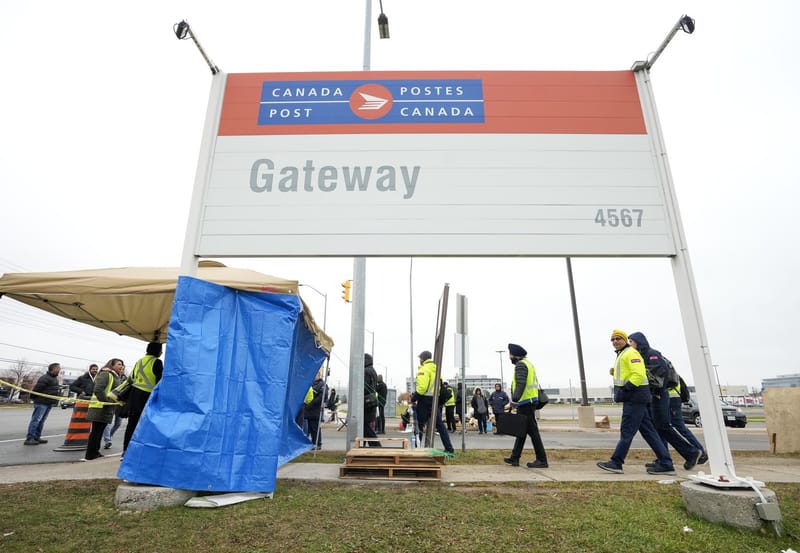Canada could help balance the scales with China as tensions rise in South China Sea, experts say
Wider conflict could slow down trillion of dollars in trade moving through disputed waterway

Experts believe Prime Minister Justin Trudeau has a unique opportunity during this week’s summit with regional leaders in Laos to enhance Canada’s support for Southeast Asian nations facing increasing threats from China.
Southeast Asian countries are seeking to prevent China from using its navy, Coast Guard, and merchant vessels to intimidate them in territorial disputes, and they require stronger protection against cyber threats, according to Stephen Nagy, a senior fellow at the Macdonald-Laurier Institute and an expert in Indo-Pacific security.
"None of the countries in the region want to escalate the security tensions within the region, but they do want to have the capabilities to be able to deal with these challenges bilaterally with China," Nagy stated.
On Thursday, Trudeau will commence two days of discussions with the Association of Southeast Asian Nations (ASEAN), a regional bloc comprising Malaysia, Singapore, the Philippines, Indonesia, Thailand, Brunei, Vietnam, Laos, Myanmar, and Cambodia. The mission of ASEAN is to foster economic growth and promote peace and stability. However, promoting peace in the region has become more challenging in recent years as China's foreign relations approach has become increasingly aggressive.
The summit is taking place against a backdrop of rising tensions in the South China Sea, a crucial international trade route. China claims most of this busy waterway, despite overlapping claims from Brunei, the Philippines, Malaysia, and Vietnam.
Nagy explained that China has been employing "hybrid tactics," including deploying coast guard and merchant vessels to pressure the Philippines and Vietnam into retreating from areas they believe fall within their exclusive economic zones. Recently, the Vietnamese foreign ministry accused Chinese law enforcement of attacking Vietnamese fishermen and confiscating their fishing gear.
In August, the Philippines reported that China's coast guard fired water cannons on two of its vessels, causing damage to one.
"The South China Sea is really a cauldron of instability," Nagy noted.
"What we think is this could cascade into a kinetic conflict. And what that means is a conflict between militaries within the South China Sea."
Nagy indicated that such a conflict would impact the approximately $5.5 trillion in trade that passes through the South China Sea annually, which includes hundreds of billions of dollars in Canadian goods. He also mentioned that it would disrupt critical supply chains, including those supplying semiconductors to Canadian industries.
Canada providing 'dark vessel' technology
Vina Nadjibulla, vice-president of research and strategy for the Asia Pacific Foundation of Canada, stated that Canada and the U.S. are among the nations calling out China's "aggressive manoeuvres" in the South China Sea.
She remarked that these "unprofessional" tactics—widely viewed as acts of intimidation—have resulted in "constant near-misses" between ships.
"Essentially, [the Chinese are] trying to dissuade other economies from using ... the resources available in their own economic zone," she explained.
Nadjibulla emphasized that Canada could enhance the Philippines’ maritime domain awareness, enabling it to monitor Chinese ship activities within or near its waters.
Recently, the federal government provided the Philippines with access to technology capable of detecting vessels that have turned off their radar.
The Department of Fisheries and Oceans stated it is granting the Philippines National Maritime Centre and other authorities access to its dark vessel detection platform, as well as near-real-time Government of Canada and commercial satellite imagery from 2023 to 2028.
This technology is primarily used by the Canadian federal government to monitor illegal and unregulated fishing. Nadjibulla noted it could also help track Chinese movements throughout the South China Sea.
Canada has an opportunity to extend this technology to other ASEAN countries, thereby contributing to regional stability, Nagy suggested.
"We need to demonstrate that we are a credible, sustainable partner within the region," he said. "That means demonstrating concrete initiatives that we're willing to invest in, in terms of resources and finances."
Canada could also provide joint training or send Canadian officers to assist ASEAN countries with maritime domain awareness, he added.
Securing networks from cyber attack
Several countries in the region are also seeking Canada’s assistance in countering cyber threats.
The Prime Minister's Office stated that during the summit, Trudeau "will emphasize Canada's role in addressing new and emerging challenges to peace and security, including cybercrime."
According to Richard Weitz, a senior fellow and director of the Center for Political-Military Analysis at the Hudson Institute, China has been launching online attacks on countries worldwide, primarily to steal intellectual property or compromise critical infrastructure with malware.
Western nations, including Canada, have taken measures to bolster their defenses and can now share their expertise with Southeast Asian countries, he noted.
"ASEAN countries don't openly want to confront China, but of course want to secure their networks from Chinese state actors or even private actors," Weitz explained.
Maj.-Gen. Dave Yarker, head of the Canadian Armed Forces' Cyber Command, indicated that the key to online defense lies in collaboration with allies.
"What Canada can bring is some of our expertise, some of our knowledge, and some of our activity, and those are things that we are doing today," Yarker stated.
However, experts also caution that Canada must proceed carefully to avoid provoking China into a wider conflict.
ASEAN was established in 1967 during the peak of the Vietnam War to promote regional stability and contain communist influence.
The bloc's largest trading partners are China and the U.S., placing ASEAN members in a difficult position, according to Julie Nguyen, chair of Canada-ASEAN initiatives at the York Centre for Asian Research.
"ASEAN countries understand that the rivalry between the U.S. and China would have to be dealt with delicately," Nguyen said.
"There needs to be a balance that ensures ... the peace and security in the region, and also that business security would enable economic development in the region."





